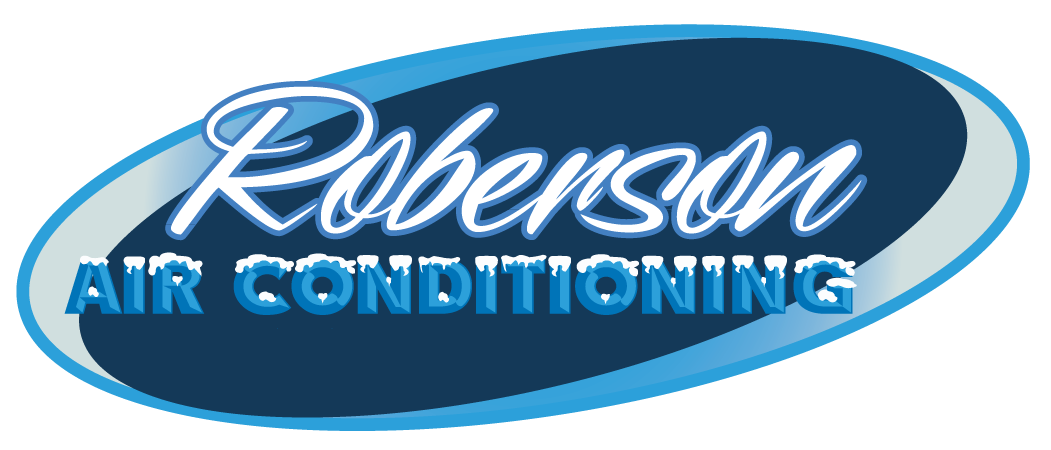Follow Us x
Ask about our Utility Incentive Programs!
Keep Your Property Comfortable With Efficient Heating and Cooling
Get an HVAC installation in El Campo, Needville, East Bernard & Needville, TX
A reliable HVAC system will keep your property comfortable year-round, whether it's the peak of summer or the dead of winter. For the best results, work with a knowledgeable heating and cooling contractor. Trust Roberson Air Conditioning to handle your HVAC installation in El Campo, Wharton & Needville, TX
We install trusted brands like:
- Coleman
- Aprilaire
- ecobee
- LG
- Comfortmaker
You can count on us to work with ducts, thermostats, mini-splits and any other HVAC equipment. Call us today at 979-532-5101 to schedule HVAC installation services.
Quickly repair HVAC issues
If you've noticed strange sounds coming from your HVAC system or unexplained odors, your HVAC system could be close to a breakdown. Rely on us for fast HVAC repairs. Our team is knowledgeable about a wide range of brands and equipment, so your system will be in good hands. If your system is in bad shape, we also offer replacement services. Contact us today if you need HVAC repairs.
Replacing R22 units with R410A equipment this year is a strategic move to navigate upcoming regulatory changes in the HVAC industry. Here's a detailed explanation with sources:
Transition to R410A Equipment
R22 (chlorodifluoromethane) has been a commonly used refrigerant, but its production and importation were phased out by the EPA due to its high ozone depletion potential (ODP) and global warming potential (GWP) . The preferred replacement, R410A (a blend of difluoromethane and pentafluoroethane), has no ozone depletion potential and a lower GWP compared to R22, making it a more environmentally friendly option.Regulatory Push and Phase-out Timeline
Environmental agencies, particularly the EPA, have been actively pushing for the phase-out of high-GWP refrigerants. This aligns with global environmental protocols such as the Kigali Amendment to the Montreal Protocol, which aims to reduce HFCs like R410A due to their high GWP . By 2025, the HVAC industry is expected to transition from R410A to A2L refrigerants, which have lower GWPs but are mildly flammable.Financial Implications and Cost Increases
The recommendation to replace R22 units with R410A equipment now is also economically driven. Next year, the costs are projected to rise by approximately 20% due to several factors:- Regulatory Compliance Costs: New regulations will require the industry to adopt A2L refrigerants, necessitating updates in manufacturing, distribution, and servicing protocols.
- Safety and Flammability Measures: A2L refrigerants, while more environmentally friendly, introduce mild flammability risks. This will lead to stricter safety standards and the need for flammability protection measures, which will add to installation and operational costs.
- Market Uncertainties: The transition period often brings uncertainties in supply chains and market dynamics, contributing to price volatility and higher costs.
Advantages of Immediate Transition to R410A
By transitioning to R410A equipment this year, HVAC businesses and consumers can:- Avoid Higher Costs: Preempting the cost increase slated for next year can result in significant savings.
- Simplify Compliance: Ensuring compliance with current regulations without the added complexities of A2L refrigerant requirements.
- Stabilize Operations: Mitigate operational disruptions associated with transitioning to new refrigerants under stricter future regulations.
Conclusion
Given the impending regulatory changes and associated costs, replacing R22 units with R410A equipment now is a prudent decision. It not only aligns with environmental compliance goals but also offers economic benefits by avoiding the anticipated cost hikes and operational challenges of transitioning directly to A2L refrigerants.Sources:
1. EPA. (n.d.). Phaseout of Ozone-Depleting Substances.
2. Environmental Protection Agency. (2021). Overview of EPA's HFC Phasedown Program.
3. ASHRAE Journal. (2020). Transitioning to Lower GWP Refrigerants.
4. United Nations Environment Programme. (2021). The Kigali Amendment to the Montreal Protocol.
5. HVAC Insider. (2023). Preparing for the Transition to A2L Refrigerants.
6. Cooling Post. (2022). Regulatory Changes in the HVAC Industry.
7. ACHR News. (2023). Safety and Training Requirements for A2L Refrigerants.
8. International Institute of Refrigeration. (2021). The Impact of Flammability on Refrigerant Choice.
9. Market Watch. (2023). Cost Implications of New HVAC Regulations.
10. Contractor Magazine. (2023). Strategic Planning for HVAC Equipment Upgrades.

